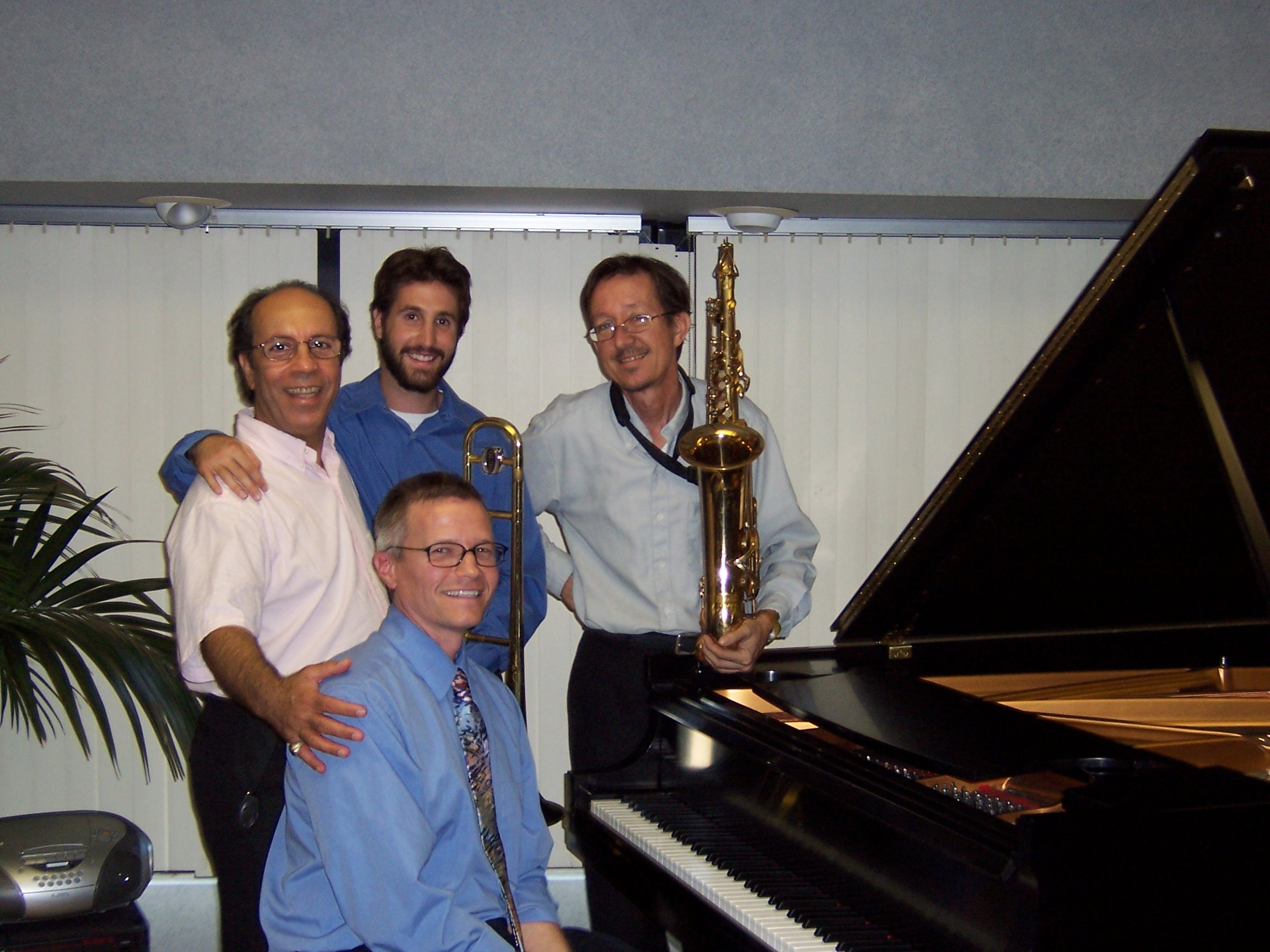
About ‘Read Piano Music Now’ and Kent D. Smith
Welcome to ‘Read Piano Music Now!’
My name is Kent D. Smith. I am a semi-retired music teacher, musician, composer, and software developer (29 years at AT&T). I live in Los Angeles, California.
This is a brand new website; however, I have been engraving and publishing specialized sheet music for piano, on various online platforms, since about 2008.
What my blog will cover
My plan for the blog section on this site is to focus (mostly) on a thorough review of the fundamentals of reading sheet music, especially for piano.
Also, I’m currently considering bringing some of my older educational videos on music theory, improvisation, and composition to this website, as well! Please keep coming back–the future of ‘Read Piano Music Now’ is exciting!
Specialized sheet music for piano
The sheet music that I publish here is “different” from standard sheet music – but in only one way: Each note is labeled with its musical “letter name.”
Otherwise, this is formal piano notation, the kind that we are all used to!
Intended audience (sheet music with letters & notes together)
Right up front, I want to say that if you are currently taking formal piano lessons, I (generally) do not recommend relying on letter-note labels. Please be guided by your teacher, in that case. The reasons are probably obvious to you: One of the primary goals in formal music training, on any instrument, is to learn how to read music, as it is traditionally notated; therefore, these letters can obviously end up as a “crutch,” and can slow down the process of what you’re hoping to accomplish!
So who can benefit the most?
In my 45+ years of teaching experience, I became aware of (and I have also taught) older students who are trying to revisit the pieces they love, and find themselves frustrated, only because they simply need a refresher on all those lines and spaces, and the notes that are associated with them! Very importantly, this includes all those sharps, flats, and naturals, which includes any notes that are affected by the key signature. (For example, the key of G Major has, by default, every ‘F’ note played as F# – even though, on the page, that # is usually not indicated).
Other special (yet very common) situations
The above describes my original, primary target audience for our specialized sheet music (with added note-names).
However, also based on my teaching experience, as well as feedback I’ve received about this sheet music from many customers in the past, here is a partial list of other people who may benefit greatly from the addition on “note names” on piano sheet music:
- People with any of a number of learning challenges, such as dyslexia.
- Those who play only by ear, but who are familiar with the names of the piano keys (including the black keys).
- People with any number of physical challenges, especially as regards vision impairments.
- People who are self-learners, who just want to be sure they are getting the notes right, as written on the page.
- People who would prefer to have a private instructor, but have no such access. Reasons for that can include:
- Mobility issues.
- No private instructors nearby.
- Financial challenges.
- Communication hindrances, such as poor hearing, or speech challenges.
- People who do not speak the local language.
Conclusion
I hope that you will find my website, and the sheet music here, to be both useful and inspiring!
I have made many friends over the years, all around the world, through my educational efforts online. Maybe we can be friends too!
-Kent